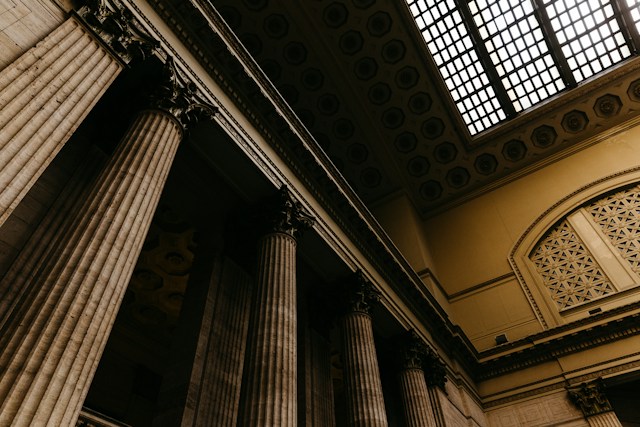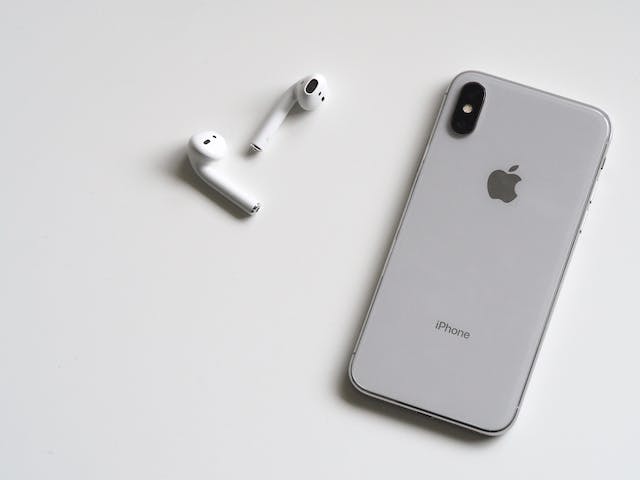Codemakers vs. Codebreakers
The image above shows Nobel prize winners Walther Nernst (Chemistry, 1920), Albert Einstein (Physics, 1921), Max Planck (Physics, 1918) Robert Millikan (Physics, 1923) and Max von Laue (Physics, 1914) in Berlin in 1931 as the black cloud of Hitler’s Germany began to settle over it.
Max Planck, known as the father of quantum theory was honored by the European Space Agency in 2009 with the launch of the Planck Mission to study Cosmic Microwave Background Radiation. Planck may be honored yet again as the world struggles to secure private information in the digital age, this time using quantum bits as ciphers.
A Short History of Ciphers
Cryptography means “secret writing” where “crypto” means secret and “graphy” means writing. Cryptography has been around for centuries and has become more important and complex since the advent of machines and computers. Cryptography can be broken up into three areas: the original message, the method of encoding or “cipher method” and the encoded words or “cipher message.”
During the Civil War all officers were taught encryption techniques so they could send secret messages to each other. The United States entered World War I after decoding the Zimmerman Telegram that hinted at Germany’s possible alliance with Mexico; Allied forces also used coded messages bound to pigeon legs to send important information about German troop activities.
World War II was brought to an end by the Enigma & Lorenz Machines that allowed the Allies to read all of Germany’s messages, causing their quick demise. Over the years, cryptography has changed dramatically with modern cryptography being a cross disciplinary mix of mathematics, computer science and electrical engineering.
The Evolution of Ciphers
The simplest ciphers are the “Substitution Cipher” and “Shift Cipher” in which certain letters of the alphabet are substituted for other letters of the alphabet; these codes can be cracked by a human in less than an hour and by a computer in less than a second.
Other more complex ciphers, like the Vigenere Cipher and the Polyalphabetic Cipher, in which secret keys were employed, were used for centuries and considered unsolvable. But mathematicians Kasiski and Kerchkhoff used mathematical formulas to crack these codes and these methods are now easily “cracked” using computers.
Modern Ciphers: Cryptographic Algorithms
Today, due to the widespread use of credit cards, bank sites, cryptocurrency, smart phones and internet access, cryptography encrypts important information used by machines and computers. In fact computers are used to create complex algorithms that no longer rely on simple changes to the alphabet. The three types of “modern ciphers” are the stream cipher, the public key cipher and the block cipher. These ciphers are used in modern browsers, wi-fi and home computing to encrypt data and store passwords.
Uncrackable Quantum Cryptography
For the past several decades, scientists have been talking about a new an unbreakable cipher called quantum cryptography which is based on the idea of the polarization of a photon to create unique codes that can never be forged.
If this were possible all current methods of cryptography would become obsolete. In Quantum Cryptography messages are encrypted and represented by polarized photons and transmitted.
For more information on the process, see the video below of the fathers of Quantum Cryptography, Charles Bennett, an IBM Fellow at the Thomas J. Watson Research Center and Gilles Brassard of the University of Montreal:
Related Articles on IndustryTap:
- Robot Security Guards Read 300 License Plates Per Minute at Just $4.17/hr
- Serious USB Security Flaw Can Take Over Your Computer
- Heartbleed Bug Squashes Internet Security for Millions – Partial List Of Vulnerable Sites
- How Are Engineers Increasing Critical Human Activity Security?
- “Major Cyber Attack” Costing Tens of Billions Expected by 2025
- Smart Grid Vulnerabilities & Protection From Cyber & Physical Attacks
- The Story Behind Siemens: An Unrivaled Global Powerhouse
- Automated Disposal Of IEDs (Improvised Explosive Devices)
- World At Pre-9/11 Moment As Digital War Heats Up
- Global Internet Performance Tracking Saves Time & Resources
References and related links:






